guyyee
Warlord
Turn 126/500 | 275 AD
[ Tlatelolco ]
Two barbarians in immediate vicinity, should have gotten rid of them so that the wheat tile can be improved. Farm tile 2S1E is not worked.

[ Mutal ]
Mutal has grown out of happiness cap. Need to manage this unhappiness but not sure how. I know you mentioned not to whip good tiles; but possibly could whip out 2 unimproved tiles (1S and 1W)?

[ Bibracte ]
Same thing happening in Bibracte: city has outgrown happiness limit. again, not really certain how to address this problem.

[ Uxmal ]
Instead of working the lake tile, better to work on cottage tile 1S1E of city. Also, Uxmal has reached its happiness limit, will grow into unhappiness next turn. I'm not sure I should build a worker to stave off unhappiness since we are at war.

[ Chichen Itza ]
This immediate helper city east of Mutal has a couple of unimproved tiles worked. But because its primary function is to help grow cottages for Mutal, so this is less of an issue?

[ Tlatelolco ]
Two barbarians in immediate vicinity, should have gotten rid of them so that the wheat tile can be improved. Farm tile 2S1E is not worked.
Spoiler Tlatelolco :
Please look at your cities and tell me by city what could be different.
[ Mutal ]
Mutal has grown out of happiness cap. Need to manage this unhappiness but not sure how. I know you mentioned not to whip good tiles; but possibly could whip out 2 unimproved tiles (1S and 1W)?
Spoiler Mutal :
[ Bibracte ]
Same thing happening in Bibracte: city has outgrown happiness limit. again, not really certain how to address this problem.
Spoiler Bibracte :
[ Uxmal ]
Instead of working the lake tile, better to work on cottage tile 1S1E of city. Also, Uxmal has reached its happiness limit, will grow into unhappiness next turn. I'm not sure I should build a worker to stave off unhappiness since we are at war.
Spoiler Uxmal :
[ Chichen Itza ]
This immediate helper city east of Mutal has a couple of unimproved tiles worked. But because its primary function is to help grow cottages for Mutal, so this is less of an issue?
Spoiler Itza :
This is an area where I struggle. I'm really trying to see what needs to be prioritised here but I have chopped all forests (at least those that are within my cultural border). What should I be doing instead of improving tiles?You are still fixated on those grass cottages. Mutal is fine for them, but elsewhere you have far more important things to do. Please stop.
I see. Never thought of that. What is the advantage of gifting back cities after the enemy capitulates?I would not have razed those Carthaginian cities. Not great cities but you could gift them back to Hanny once he bends the knee.
Attachments
Last edited:


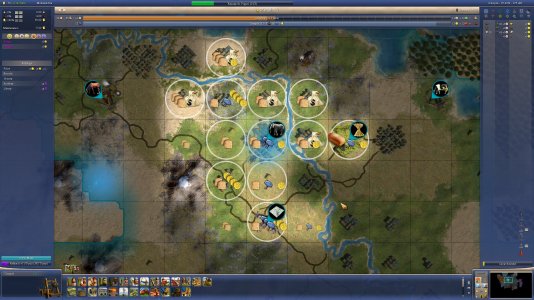
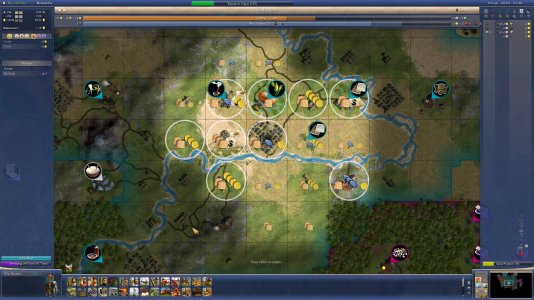
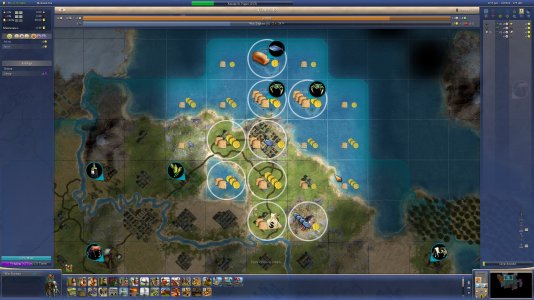
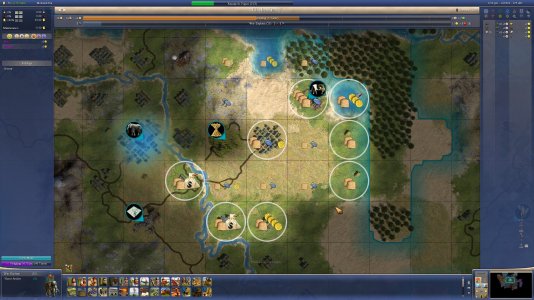
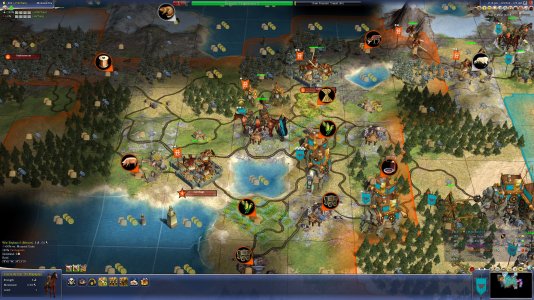



 to 4
to 4
